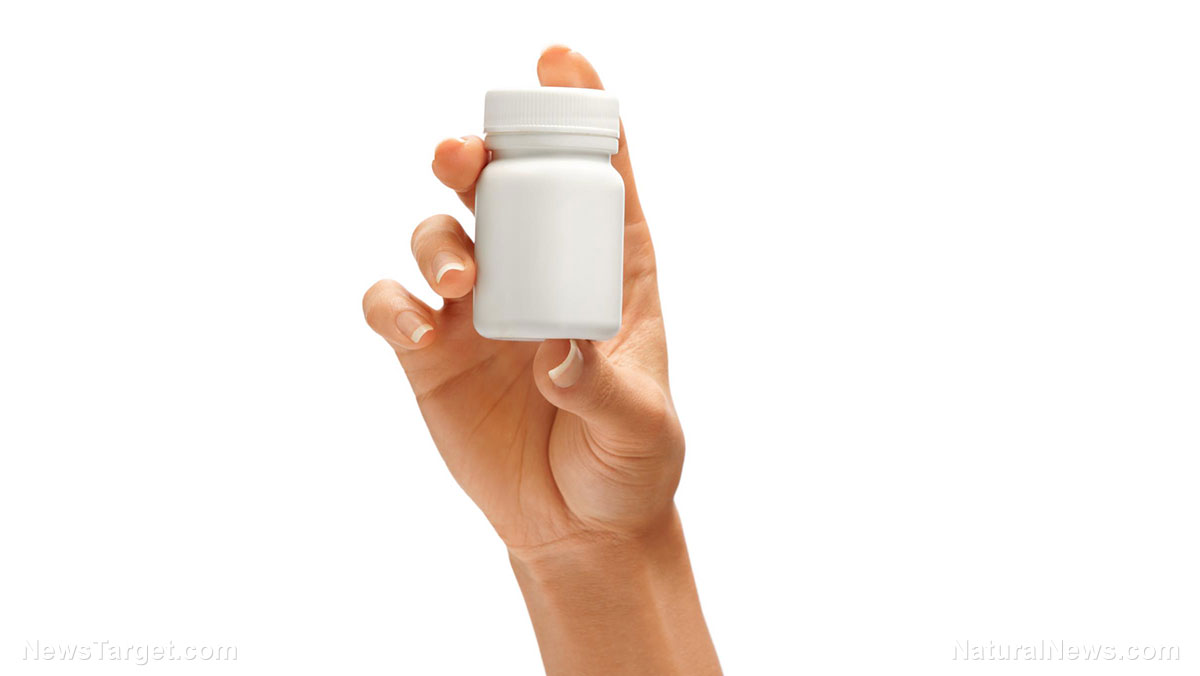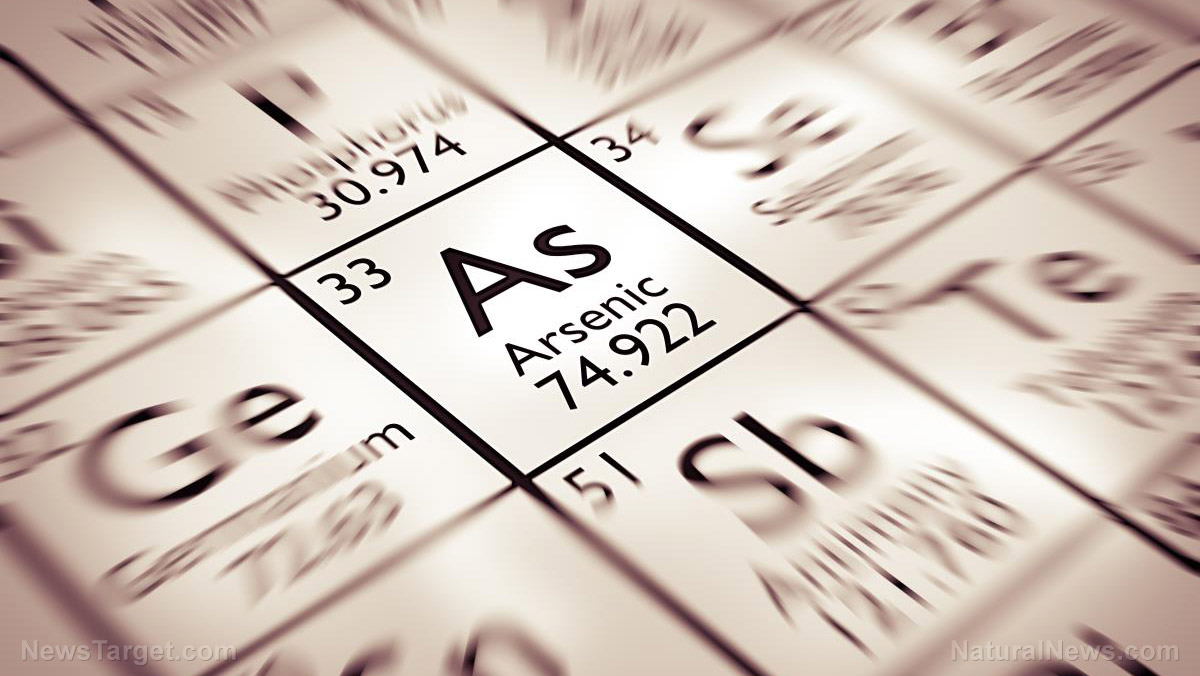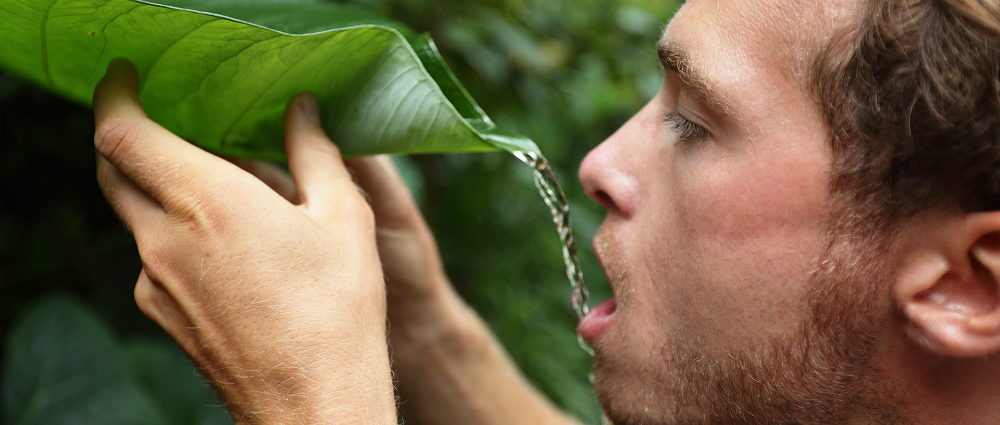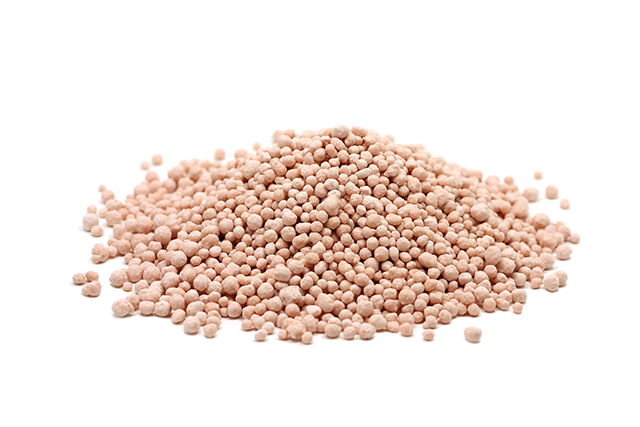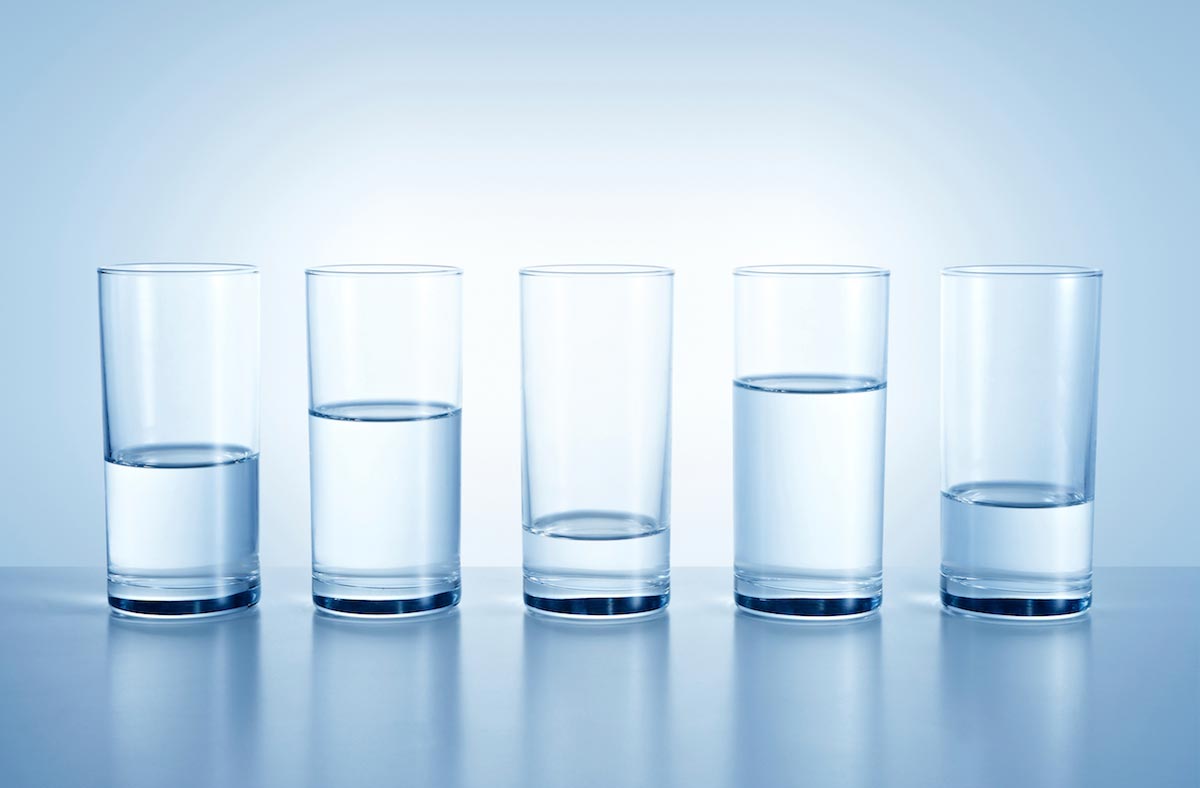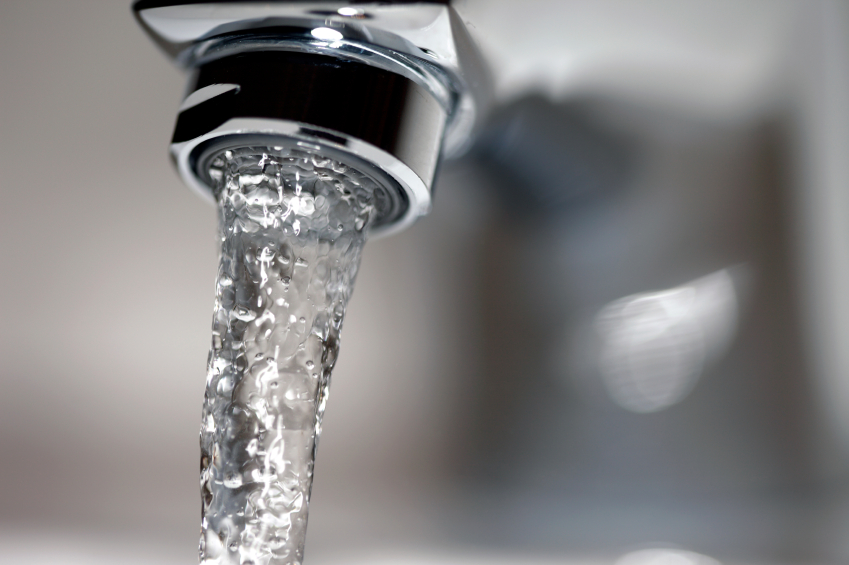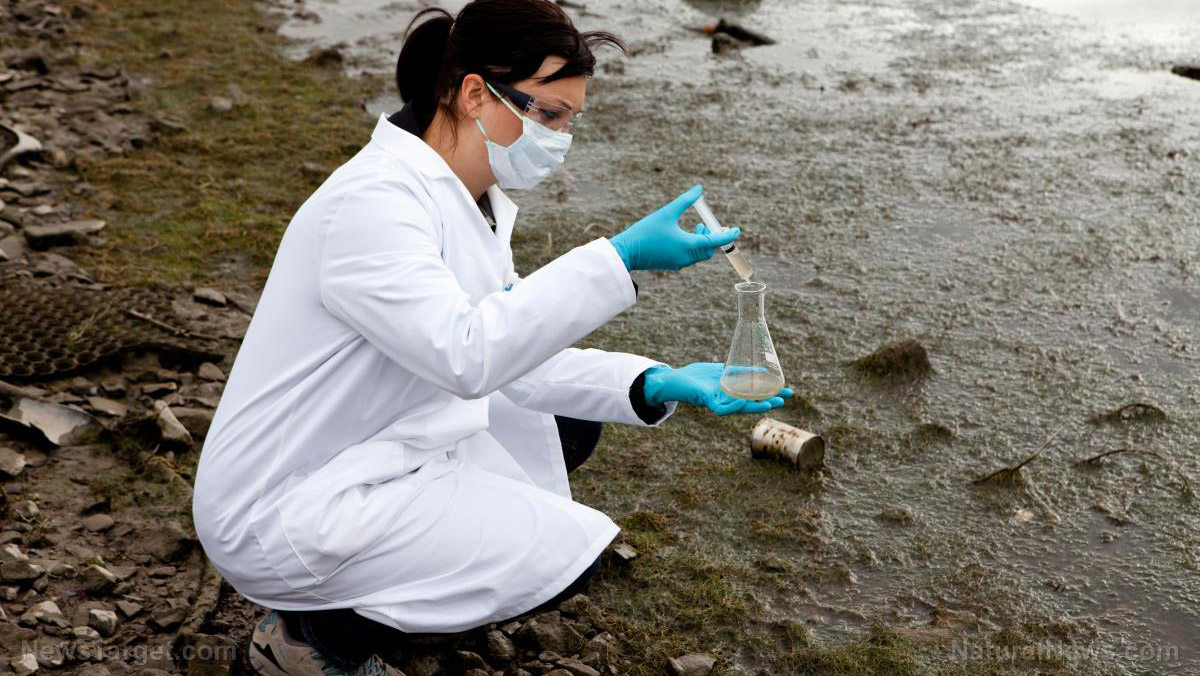Water intake: Do you know how much you need every day?
08/23/2018 / By Michelle Simmons

Drinking at least eight 8-oz. glasses of water a day (which is equivalent to two liters) has always been the recommended amount of water you should be drinking. However, this is only a general recommendation because the amount of water a person should drink in a day depends on his/her needs. There are three factors to consider when calculating the right amount of water to drink daily – body weight, additional fluid intake, and physical activity.
The greater the body weight a person has, the greater amount of water is needed. One of the ways to calculate the amount of water you need is to take your weight and divide it by two. This is generally the amount of water you should drink each day. Try to consume at least half of your daily recommended fluid intake as plain, pure water.
A person doing physical activity loses more water due to sweating, thus they need more water to replace the lost ounces. For every 30 minutes of exercise, drink an additional 10 ounces of water. Other factors to consider when calculating the amount of water you should be drinking daily include age, general health, and climate. For example, a person living in a hot tropical climate would need to drink more water than a person living in a cool place.
However, not everyone can meet their current recommended daily intake of water. If you are one of these people, follow these tips to achieve your water intake goals:
- Drink one glass of water every morning before brushing your teeth.
- Fill up a reusable water bottle and keep it with you throughout your day. Also, take into consideration to buy a water bottle with a built-in infuser. With this, you can add fruits and vegetables to your water for flavor.
- Think of water as an appetizer. Drink a glass of water before each and every meal.
- Download an app on your phone to help you monitor your fluid intake and achieve your fluid intake goals.
According to the National Academies of Sciences, most healthy people sufficiently meet their daily water needs by “letting thirst be their guide.” Just remember to reach for water when you feel thirst, and nothing else. This is because the body naturally feels thirsty when the hydration levels are low. In addition, urine can serve as a guide whether a person is getting enough to drink. Well-hydrated urine should appear pale yellow or colorless, while a dark yellow or orange urine typically suggests dehydration.
Dehydration and how to prevent it
When you use or lose more fluid than you take in, and the body does not have enough water and other fluids to function well, dehydration occurs. Sometimes it occurs because you do not drink enough due to sickness, you don’t think of it because you’re busy, or because a safe drinking water source is not accessible, especially when traveling, hiking, or camping. Another reason is you drink soda, coffee, tea, or something other than water, which sometimes contributes to dehydration. Other possible causes of dehydration include diarrhea, which can cause a huge loss of water and electrolytes in a short span of time; vomiting together with diarrhea, which will cause you to lose more fluids and minerals; fever; excessive sweating, especially when you do not replace the fluids you lost after a vigorous activity; and increased urination, which may be caused by diabetes or certain medications. (Related: Symptoms of dehydration – Do you drink enough water?)
To satisfy your thirst and hunger, and prevent dehydration, try eating these seven foods:
- Cucumbers
- Celery
- Iceberg lettuce
- Zucchini
- Watermelon
- Strawberries
- Cauliflower
Read more stories on the importance of water at CleanWater.news.
Sources include:
Tagged Under: clean water, dehydration, drinking water, hydration, water



